Rebel Sultans The Deccan from Khilji to Shivaji
৳ 440.00 – ৳ 510.00
Discover the Deccan’s history from Khilji to Shivaji in ‘Rebel Sultans’ by Manu S. Pillai. An enthralling exploration of the past
In 1707 when Emperor Aurangzeb went to his grave, the Mughal empire began to crack into a hundred fractured pieces. It was the lure of the Deccan that drained this conqueror’s energies, putting him on a course of collision with his most threatening adversaries. After all, the Deccan was a land that inspired wonder. Its treasures were legendary, and its kings magnificent. It was a horizon of rousing adventure, attracting talent from beyond oceans. A traveller here could encounter bands of European snipers, available for military hire, or forbidding fortresses where African nobles scaled the heights of power. Diamonds and pearls lay heaped in the Deccan’s bazaars, while in its courts thrived Persians and Marathas, Portuguese and Georgians, presiding over a world of drama and betrayal. A thousand fortunes were made in the Deccan, drawing the formidable envy of generations of Mughal emperors.
Manu S. Pillai narrates the Deccan’s story from the end of the 13th century to the dawn of the 18th. We travel from the age of Alauddin Khilji to Shivaji’s ascent, and witness Vijayanagar’s rise and fall, intrigues at the Bahmani kings’ courts and the scheming of the Rebel Sultans who overthrew them.
| Book Author | |
|---|---|
| Format |

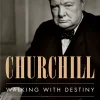

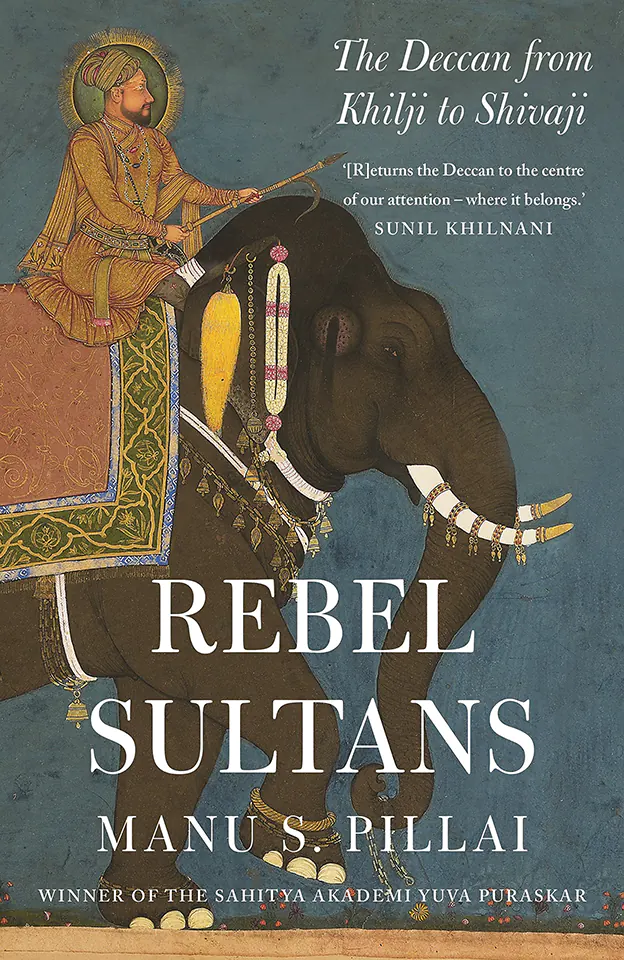




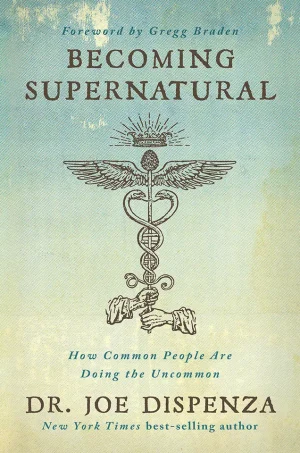
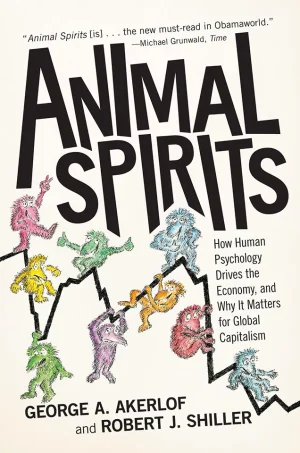
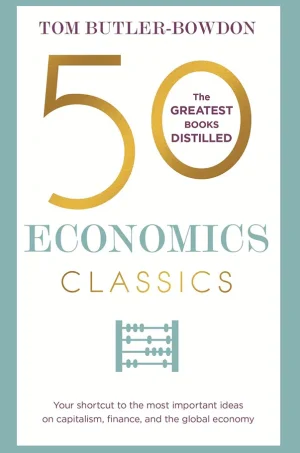
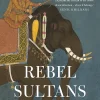
21 Lessons for the 21st Century